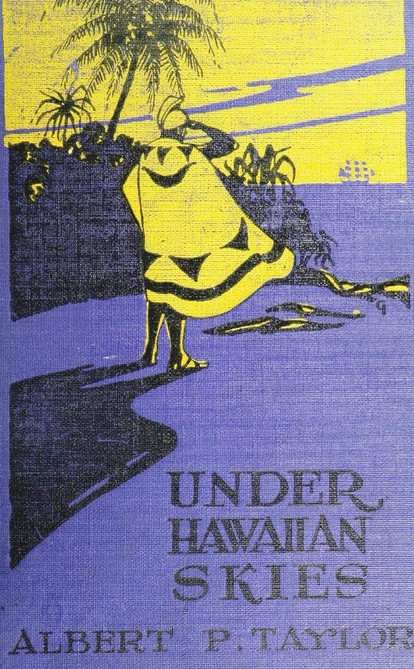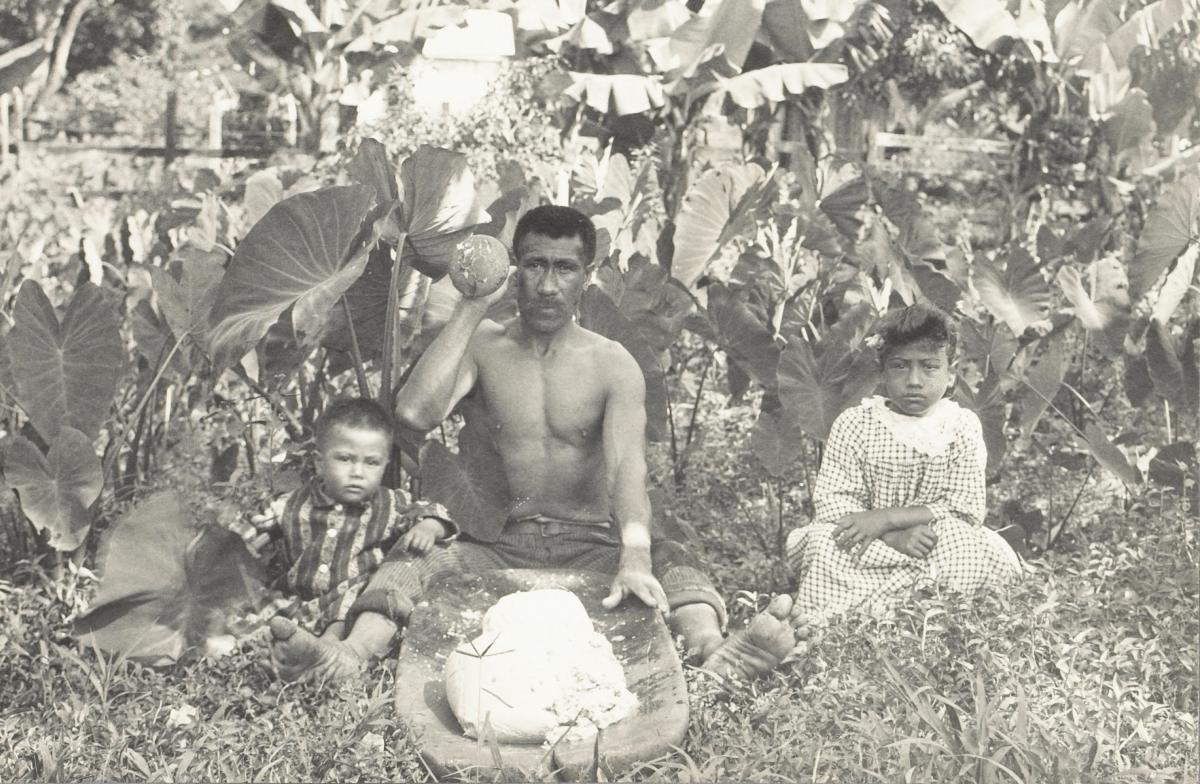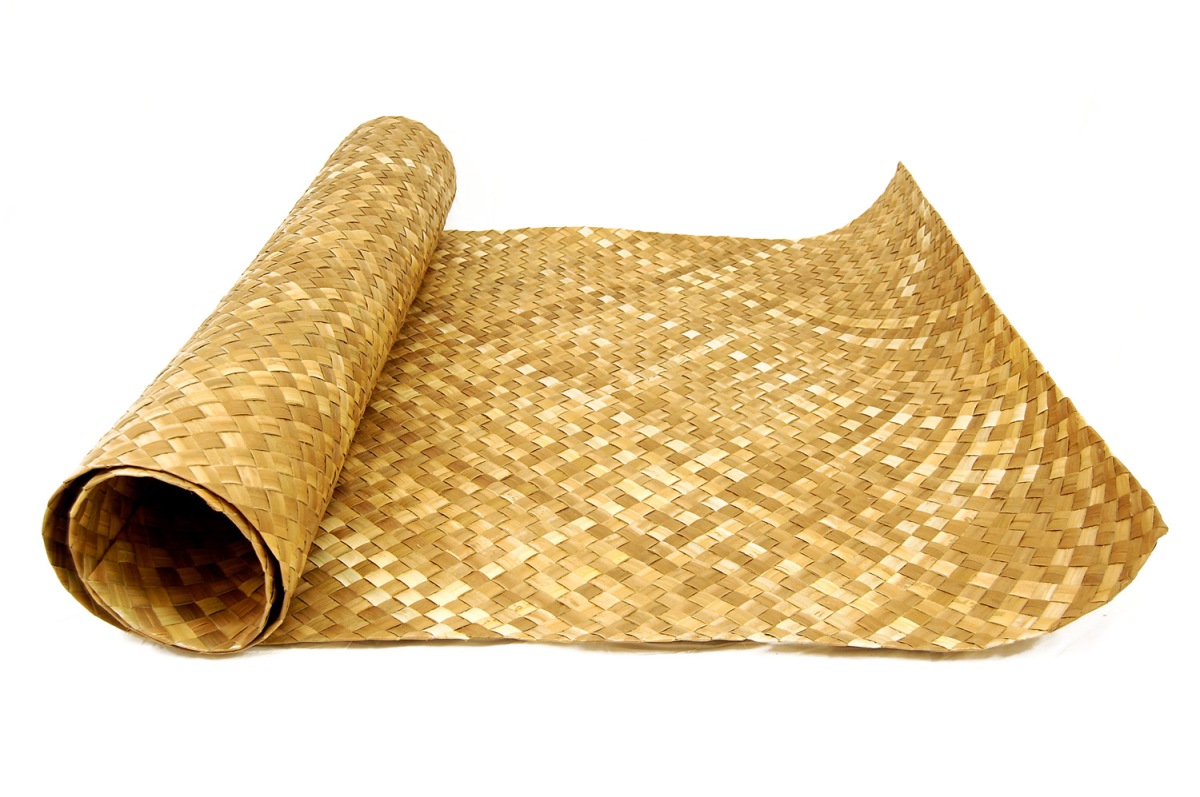King Prajadhipok and Queen Rambhai Barni of Siam visited Honolulu in 1931 for only about 24 hours. That is not enough time to really gain an understanding of a new place, and we don’t know what the king and queen really learned during the course of their short visit.
However, in reading the newspaper accounts about their visit today, it is amazing to see how directly the king and queen were exposed to the realities of Hawaii under American rule. In fact, the first instance of this exposure occurred not long after they arrived.

On September 18, 1935, The Honolulu Advertiser ran a story called “King Pays Visit To Coconut Hut.”
The Coconut Hut was a store that claimed in its advertisement to contain “the most complete selection of Hawaiian and South Sea antiques and out-of-print books anywhere assembled.”
It also sold “Coconut Candy, attractively packed in coconut shells,” that could be “mailed to all parts of the world.”
This store was managed by John M. Warinner.

This is what the The Honolulu Advertiser wrote about King Prajadhipok’s visit to the Coconut Hut:
“That King Prajadhipok is democratic and keenly interested in peoples and their cultures was strikingly manifested yesterday when not more than fifteenth minutes after he had his party had left the dock where they were greeted by high dignitaries, he asked to be taken to the most typically Hawaiian curio shop.
“He was driven to the Coconut Hut and in its picturesque atmosphere the King purchased a number of interesting antiques.
“While the ladies of the party sampled coconut candy and ice cream the King seriously busied himself with John M. Warinner, plying him with questions and choosing pieces with authoritative history.
“Among the modern book purchased was ‘Under Hawaiian Skies’ by A. P. Taylor and published by The Advertiser.”

Albert Pierce Taylor’s Under Hawaiian Skies was published in 1922. In this book, Taylor recorded many stories from Hawaiian legends.
Taylor was an interesting figure. On the one hand, he was a strong supporter of the American annexation of the Hawaiian Islands. On the other hand, he married a part Native Hawaiian woman, and she is likely responsible for much of Taylor’s knowledge about Hawaiian legends.
So while his book does contain important information, readers today cannot help but cringe when they read the opening sentence of the book:
“If the Hawaiian race today lacks incentive to visualize a goal for national achievement, it has at least, a glorious, imperial, barbaric civilization to look back upon.”

This, however, was the reality of the world that the King and Queen of Siam walked into when they stepped off their boat in 1931. The Hawaiian monarchy had been overthrown. The United States had annexed the Hawaiian Islands, and a huge percentage of the Native Hawaiian population had died from diseases that Euro-Americans had brought to the islands.
So while The Honolulu Advertiser referred to the Coconut Hut as “the most typically Hawaiian curio shop,” curio shops were not “typically Hawaiian.” Instead, John M. Warinner’s shop was “typical” of the new social order that was put in place with the U.S. annexation, a social order that left many Native Hawaiians at the bottom of society.
King Prajadhipok most likely did not know all of this, but his visit to the Coconut Hut quickly revealed this history and social reality.
This is what The Honolulu Advertiser reported about the king’s time at the Coconut Hut:
“[The King] seemed disappointed not to have seen Hawaiians at the pier and asked to be shown a typical type.
“Prince Svasti, the King’s father-in-law, stopped at the entrance to the Coconut Hut to converse with an elderly Hawaiian who had just delivered an order of lauhala mats.
“The native son doffed his hat and saluted when told by a military aide that he was being addressed by an ali’i [i.e., chief] of Siam.” (September 18, page 5).

So the first Native Hawaiian that the King of Siam saw upon arriving in Honolulu in 1931 was an elderly man who was delivering mats that he had woven to a curio shop. That curio shop was run by a white American, and was a shop that sold Hawaiian antiques, coconut candy, and apparently lauhala mats to visitors to the island. . .
Whether he realized it or not, the recent history of Hawaii was vividly revealed to King Prajadhipok in that brief encounter.

